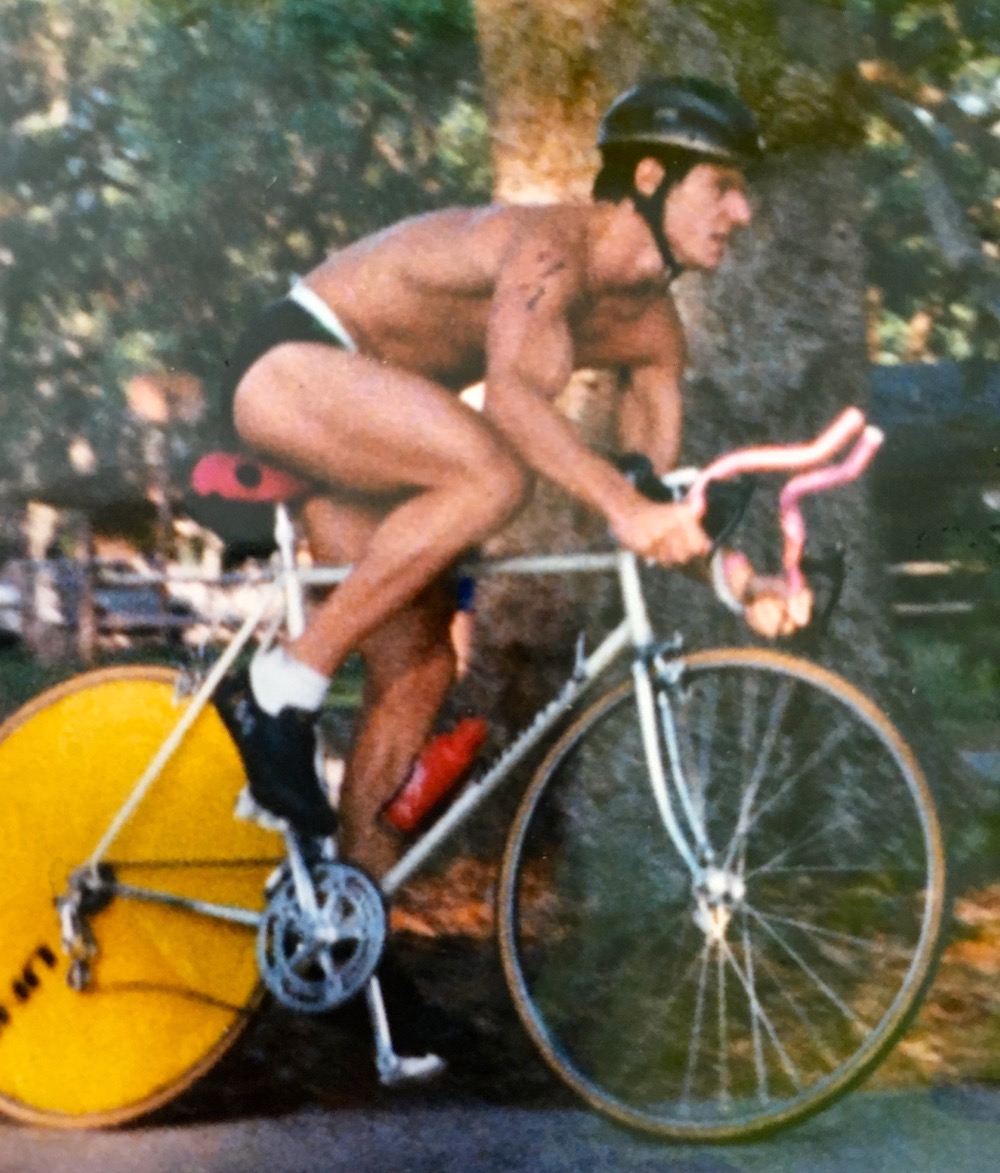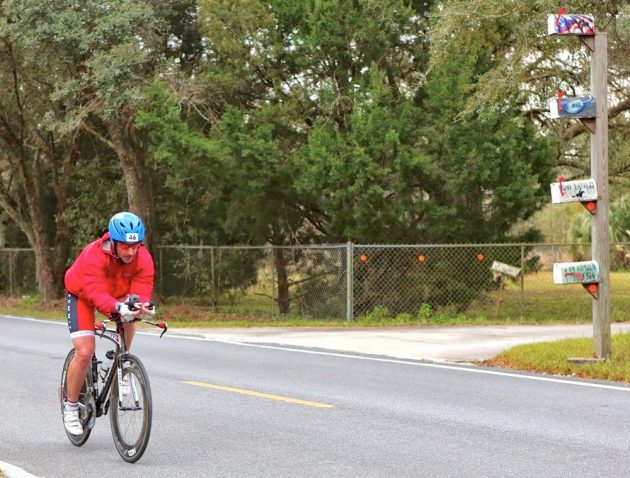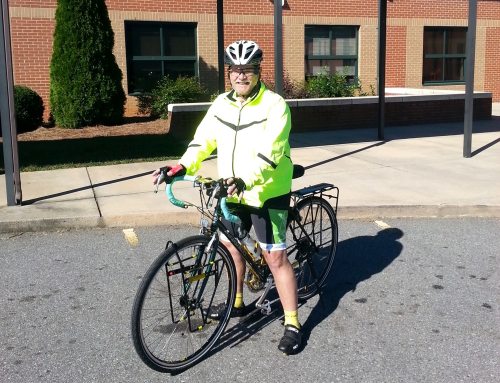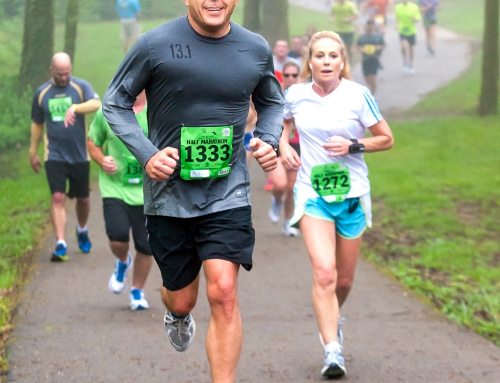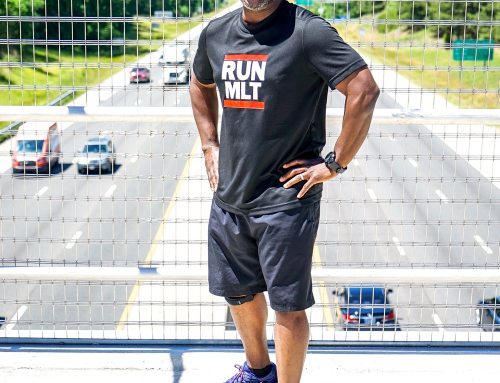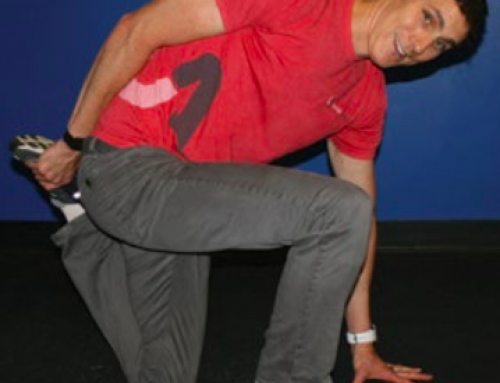By Bob Willix
Join me on a journey of what it looks like decade by decade to be an athlete in to your fifties and beyond. What we practice in our early years in relation to exercise, nutrition and lifestyle sets us up for success. Please let me make myself clear: every athlete is an individual with unique strengths and weaknesses, so generalizing to the entire population is very challenging. In my coaching and endurance athlete experience for the past 30+ years, here is what this looks like based on what I’ve witnessed and researched.
20’s: Welcome to the dance Millennials.
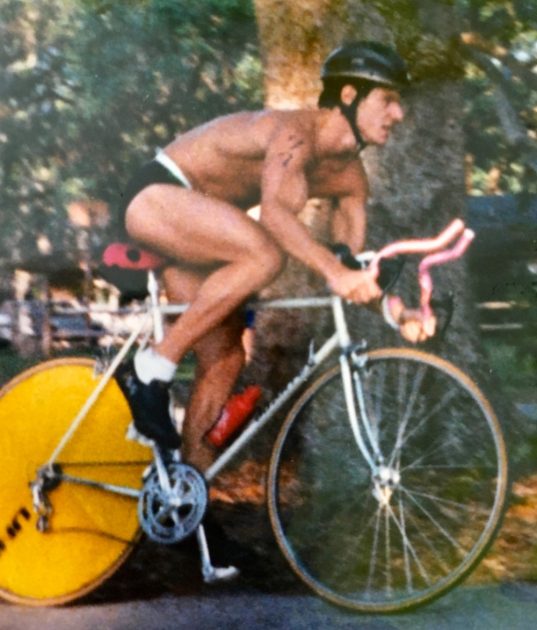 Please, for the love of Pete, don’t feel like you have to do an Ironman! Although they’ve done a brilliant job of marketing, it is NOT the pinnacle of triathlon! In your 20’s, depending on your physiology, and how well your nutrition and health was during your childhood, the focus of this decade should be SPEED and STRENGTH. Have you ever met a 40 year old man who started lifting weights for the first time? They can’t develop the same musculature as someone who has done it for the last 20 years. Your body is still developing its muscle structure so teach it to go fast when you are young so that you can still go fast when you are older!
Please, for the love of Pete, don’t feel like you have to do an Ironman! Although they’ve done a brilliant job of marketing, it is NOT the pinnacle of triathlon! In your 20’s, depending on your physiology, and how well your nutrition and health was during your childhood, the focus of this decade should be SPEED and STRENGTH. Have you ever met a 40 year old man who started lifting weights for the first time? They can’t develop the same musculature as someone who has done it for the last 20 years. Your body is still developing its muscle structure so teach it to go fast when you are young so that you can still go fast when you are older!
Rest and recovery are important, but the balance of healthy nutrition, swim, bike, run and lifting are essential during this time of development. Do you want to be a slow-twitch athlete or a speed demon in your 50’s?
Intervals are key, but a balance of volume and speed is essential. Don’t get in the rut of “every workout has to be as fast as you can go”. All that does is teach your body to use one type of energy system-it’s important to train all of them since that’s how we typically race.
30’s: You may be as fast as you’ll ever get!
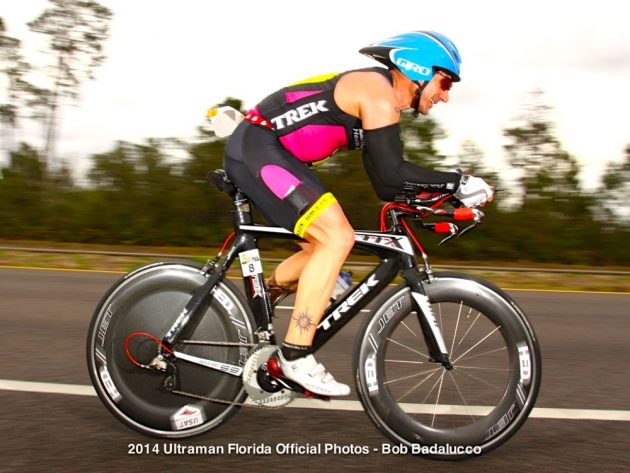 Hopefully you’ve spent your 20’s building speed and strength, limited your injuries with smart training (with a coach), healthy nutrition and a focused racing schedule. This is the decade you’ll be the most tempted to push the envelope. I say “go for it”! I’m a firm believer that if whatever you’re contemplating doesn’t scare you a little bit then you’re probably not pushing yourself hard enough: this is how I signed up for my first Ultraman.
Hopefully you’ve spent your 20’s building speed and strength, limited your injuries with smart training (with a coach), healthy nutrition and a focused racing schedule. This is the decade you’ll be the most tempted to push the envelope. I say “go for it”! I’m a firm believer that if whatever you’re contemplating doesn’t scare you a little bit then you’re probably not pushing yourself hard enough: this is how I signed up for my first Ultraman.
Continued focus on speed and strength are important, but if longer distance is appealing, then this is the decade to focus on the long game. Yes, there are 20 year olds in the endurance ultra world killing it, but they’re exceptional athletes with a unique genetic gift. By this time you should be a strong, well-developed athlete and have an idea of where your strengths/weaknesses are. Be purposeful during this decade and focus on where you want to be successful.
From a strength and hormonal standpoint, you’re not really slowing down yet in your early 30’s, so enjoy it, treat your body well and ignore the fads. Smart, purposeful training will get you very far! More than likely your career is at its peak from how many hours you are working so be careful in balancing family, work and exercise.
Again, intervals are a great way to do purposeful work that’s efficient and not full of “junk miles” which are really not effective anyway. Make sure you’re teaching your kids what a balanced healthy lifestyle looks like: they’re watching you more than they’re listening to what you’re telling them to do.
40’s: Fast, Strong and Fit.
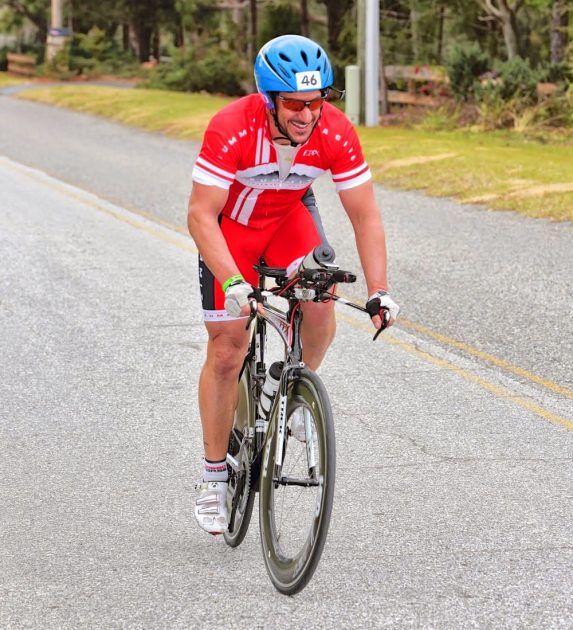 You don’t look your age, and when you’re at the PTA meeting, the other parents always guess your age wrong. This is a super fun decade but you have to now pay more attention to things like staying flexible and continuing to focus on strength training of some sort.
You don’t look your age, and when you’re at the PTA meeting, the other parents always guess your age wrong. This is a super fun decade but you have to now pay more attention to things like staying flexible and continuing to focus on strength training of some sort.
Physically inactive people can lose as much as 3% to 5% of their muscle mass each decade after age 30, so don’t be part of the crowd! Resistance training of some sort is important. Public service announcement: if you decide to pick up CrossFit, remember that the 20 year old instructor you’re listening to is still very pliable. Take it slow and let wisdom take over. Don’t get me wrong: I love CrossFit, but be smart in how much you’re doing and at what speed you’re advancing.
We’ve shown that you can race very fast and strong well in to your 40’s and you shouldn’t have slowed down too much, unless you spent too many early years trying to do long distance. Make sure to balance speed and distance for an overall healthy lifestyle. Intervals are still king and should be a part of your weekly workouts.
Nutrition is key in your 40’s since our metabolism starts slowing after our late 20’s. Our basal metabolic rate decreases about 150 calories per decade, but the decline is usually due to decreased muscle mass and increase fat. Studies have shown that with a committed fitness program you can significantly avoid this decline!
50’s: Injury-free and no pain in your knees.
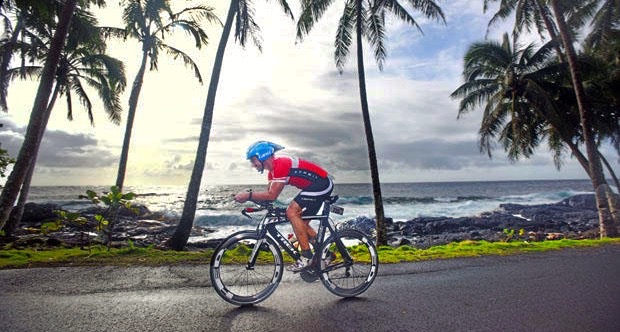 If you’ve spent your years enjoying various activities, such as swim, bike, run, lifting, etc. you should be very well set up for a healthy decade of racing injury free with NO pain in your knees-don’t believe what “they” say about the wear and tear you’ve put your body through. Research has already shown that lifelong physical exercise delays age-related skeletal muscle decline.
If you’ve spent your years enjoying various activities, such as swim, bike, run, lifting, etc. you should be very well set up for a healthy decade of racing injury free with NO pain in your knees-don’t believe what “they” say about the wear and tear you’ve put your body through. Research has already shown that lifelong physical exercise delays age-related skeletal muscle decline.
Anecdotally, I’ve spoken to many doctors and radiologists that tell me when they see MRI’s and X-rays of athletes in their 50’s who have had a lifelong commitment, they can tell if that person has had a balance of swim, bike, run, and lifting as opposed to a single sport, such as running. It seems that our moms taught us correctly: everything in moderation (well, except for Ultra endurance racing!).
Sedentary behavior is a known risk factor for osteoarthritis. Strength-training and weight-bearing exercises have long been recommended to keep joints healthy. Of course, it is possible to get hurt while exercising, especially if you ramp up your routine too quickly or too intensely! Use the 10% rule: no more than 10% increase in volume from the previous week. Any faster than this and you are flirting with the potential for injury. If you do the math, most people constantly break this rule-I’ve been guilty of it myself!
It’s important to keep doing intervals if you want to stay fast. We know that specific intervals keep the aging-related decline in speed at bay. We are now watching athletes in their 50’s and beyond doing incredible athletic feats at speeds that we didn’t think was even possible 10 years ago! It will be exciting to see what we’re capable of as a new generation of athletes starts their athletic career with access to advanced software training tools, nutrition knowledge, and modernized equipment.
All Ages: Intervals are key but, don’t forget coaching!
Intervals are the key to smart training: there isn’t a coach out there that doesn’t recommend them in some form or fashion, but it’s important for the athlete to know WHY they’re doing them. There are 3 types of energy systems, which are called different names depending on which article you are reading. The limitation with most athletes is that they typically train ONE energy pathway all the time and therefore never realize their full potential. These energy pathways correspond to the different types of intervals we can do. They are called:
- Immediate: The ATP-PCr System. Used for immediate energy needs up to about 10 seconds
- Anaerobic: The Glycolytic System. Used for energy needs from 30 seconds to 2 minutes
- Aerobic: The Oxidative System. The most complicated energy system, utilizing the Krebs cycle, electron transport chain, etc.
The capacity to generate power of each of the three energy systems can vary with training. The ATP-PCr and glycolytic pathways may change by only 10-20% with training. The oxidative system seems to be far more trainable although genetics play a limiting role here too. Note that VO2max, or aerobic power can be increased by as much as 50% with proper training!
I do believe that almost all athletes of varying skill level can benefit from having a certified, experienced coach. Find one that will cater to YOUR needs, not the other way around. Interview them and ask them about their style of coaching and what’s important to them to make sure that it will be a mutually beneficial relationship.
I hope that your athletic journey is not only challenging, but FUN. Remember that in most of this, we’re constantly balancing our family, loved ones, work and responsibilities. Enjoy the ride and please don’t hesitate to contact me with any additional questions or comments!
# # #
Coach Bob Willix (B.S.N, MS Exercise Science, USAT & IM Certified Coach) has enjoyed competing, training, and racing since he was a teenager. After 4 Ultraman races, 9 Ironman races, Race Across America (RAAM), and many marathons, triathlons and road races, he is looking forward to helping you! Visit WillixHealth.com or contact Bob@WillixHealth.com.


